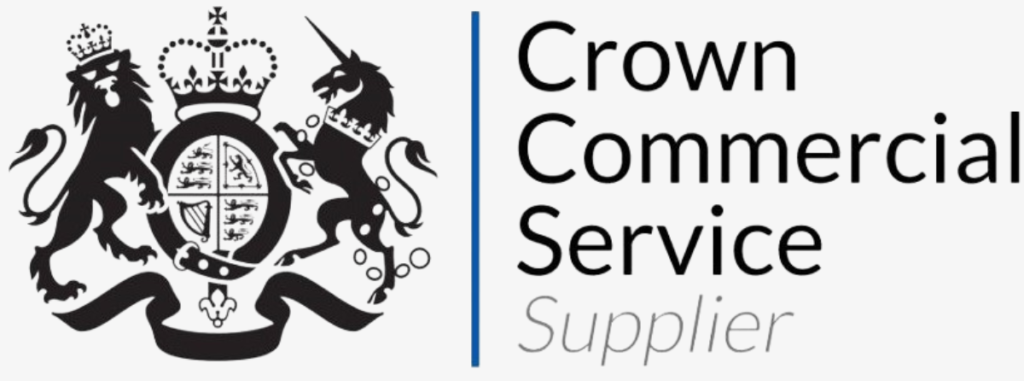
HaloITSM Guides
Documentation to assist with the setup and configuration of the HaloITSM platform
Ticket Templates
In this guide we will cover:
- Creating a Template
- Creating New Template Groups
- Values Tab
- To-Do Lists
- Related Assets
- Child Templates
- General Configuration Options
- Applying Templates
- Filtering for Templates by Group
- Default Option on a Ticket Area
- Saving a Ticket Template Based on the Current Ticket
Associated Admin Guides:
Associated Guides:
Creating and using ticket templates can enhance your productivity and streamline your agents' working habits.
Creating A Ticket Template
Head to Configuration > Tickets > Ticket Templates, the list here is the complete list of ticket templates. Create a new Template of entity "Ticket Template" (alternatively templates of entity type "Child Template" can be configured):
Fig 1. Creating a new Ticket Template
Click "New" to make a new ticket template, or edit an existing one by clicking on it and pressing "Edit".
On the Details screen you find the name, group for which it belongs to, whether end-users can use the template and in the top bar beside the edit button (after creating and saving the template) you can add access control, to restrict by agents, teams, etc.
Fig 2. The Details Tab of Ticket Templates
Creating New Template Groups
The 'Group' presented in Fig 2 is used as a means of grouping different Ticket templates - over time the list of templates will grow to be rather large and will compose of various types of work (Projects, Requests etc..) so it is advised that you group these templates accordingly.
Note: New template groups can be created via Configuration > Advanced Settings> * Click the Lookup Codes Button*, then adding to the 'Auto Request Groups' list, all that is required is the name of the new group:
Fig 3. Creating new Ticket Template Groups
Values Tab
Under the 'Values' tab, take note of the following fields:
- Ticket Type - This is the Ticket type that will be used when this Template is applied.
- Summary - This will be the summary/title of the Ticket when this Template is applied. Note $_variables can be used here.
- Details - This will be the core details of the Ticket when this Template is applied. Note $_variables can be used here.
- Status - This will be the initial Status of the Ticket when this Template is used
- Team/Agent - Between these two fields, you can assign Tickets using this Template to a given Team/Agent.
- Show to End User - Here, you can specify whether Tickets using this Template are visible on the Self-Service Portal.
- Exclude from SLA - Here, you can specify whether Tickets using this Template are excluded from SLA considerations (for Project/Project Task templates, you will likely want to check this box)
The values tab is where the main actions of the ticket template come into use. The values you input here will appear on the ticket type chosen when the template is applied. These do not include custom fields.
Fig 4. The Values Tab of a Ticket Template
To-Do Lists
It is also possible to add a To-Do list that will pre-populate in the ticket. This is a list of check boxes which are added to the ticket as prompts for your agents.
The "Child Template" feature allows you to create a child ticket populated with details, listed as before, but as a child ticket linked to the ticket with the original template. This can be used to create a series of tasks that need to be completed on the raising of a new ticket. This popular for those looking to use the system for project management.
Related Assets
As of v2.182.1+, there is a "Related Assets" tab on templates as well. Here you can preconfigure specific assets to be linked to tickets, and any tickets with this template applied will use them.
Note: For the assets to show on the ticket, the "Assets" field must be added to the field list of the ticket type that the template uses.
Any assets linked on the ticket before the template is applied will be overwritten, and if this field is blank it will also remove any previously linked assets.
Fig 5. Related Assets tab.
Child Templates
Child Templates are particularly useful when it comes to templating Projects. While the 'values' tab on the parent template establishes the details for the parent Project, the configuration of the Child Templates establishes the details for the Project Tasks.
Fig 6. Creating Child Templates
After clicking 'Add', create a new Child Template via clicking 'New':
Fig 7. Adding Child Templates - either via existing template selection or by creating a New Child Template
Upon clicking 'New' creating a child template and then clicking into the new template from the table below, you will be presented with a series of options for the child template the same as the options found on the parent Template:
Fig 8. Clicking Edit *Pencil Icon* on The Child Template On The Table
You can also add creation rules, for more information checkout the Project Templates Guide
Fig 9. Child Template Options
Note the 'Details', 'Values' and 'To-Do Lists' tab in Fig 9 - are very similar to the options found on the parent Template.
Fig 10. Children Tab of the Ticket Template
General Configuration Options
You can also configure the two following settings:
Under Configuration > Tickets > Ticket Types (within the settings tab, or the details tab if on older versions of Halo)
Fig 11. Ticket Type Setting
Under Configuration > Tickets > General Settings.
Fig 12. Tickets General Setting
The templates and child templates become very powerful and enable your agents to have tailored specifications dependent on how they work.
Applying Templates
Now you have a new template created, you should be able to apply this at the point of creating a new ticket.
On the ticket creation screen, click 'Apply a Template' This can be used for Projects or Tickets depending on the ticket type selected on the values tab:
Fig 13. Applying a Ticket Template
And select your recently created Template:
Fig 14. Selecting a Ticket Template to Apply
Note: The Template Group can be selected when you are looking for a specific template.
Filtering for Templates by Group
For example if I want to add a Project template, I can look at all my templates that I have added to the "Project" group that I have created as a lookup code:
Fig 15. Filtering Templates by Group
Default Option on a Ticket Area
To decide which ticket types appear under what areas of Halo, you can configure them in Configuration > Tickets > Areas
Checkout this Ticket Areas Guide for more information on configuring Areas in HaloPSA.
Within Configuration > Tickets > Ticket Areas you can set the default template group from the details tab:
Fig 16. Default Template Group Set per Area.
Should any option other than "All Templates" be chosen here, templates usable via this Area will be limited to the group selected here.
Saving a Ticket Template Based on the Current Ticket
This copies the functionality of the "Save as a new template" option on the new ticket and ticket details screen to an action. The same values will be saved to the template when using the action
This can be configured by selecting the System Use "Save as a new Template" when configuring an action (Configuration > Tickets > Actions):
Fig 17. Save a New Template System Use
It is important to set the action to be a quick action and you will likely want to tick on "Hide from end user" from within the defaults tab. After saving the template, you will get fields populated such as the name of the template will correspond to the subject of the ticket. The details of the ticket template will be the original ticket details of the ticket the template was created from, the agent and other fields will also be pre-populated:
Fig 18. New Template Created
The original ticket details, the templated fields have been highlighted:
Fig 19. Original Ticket Details
When the action is used on a ticket, the new template id will populate on the action, this is how you can find the template ID in Configuration:
/config/tickets/templates?id=33
Popular Guides
- Asset Import - CSV/XLS/Spreadsheet Method
- Call Management in Halo
- Creating a New Application for API Connections
- Creating Agents and Editing Agent Details
- Departments and Teams
- Halo Integrator
- Importing Data
- Multiple New Portals with different branding for one customer [Hosted]
- NHServer Deprecation User Guide
- Organisation Basics
- Organising Teams of Agents
- Step-by-Step Configuration Walk Through



